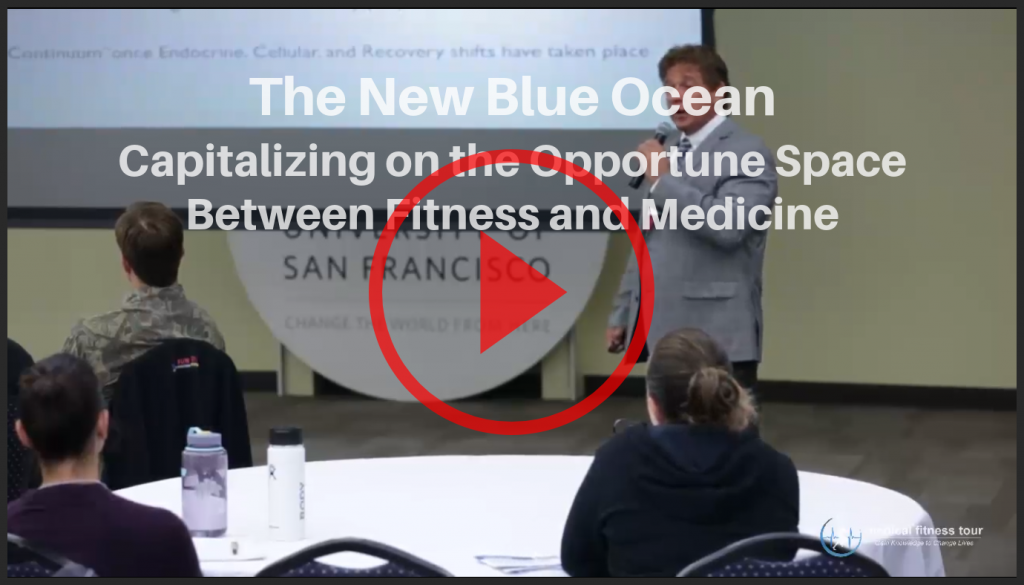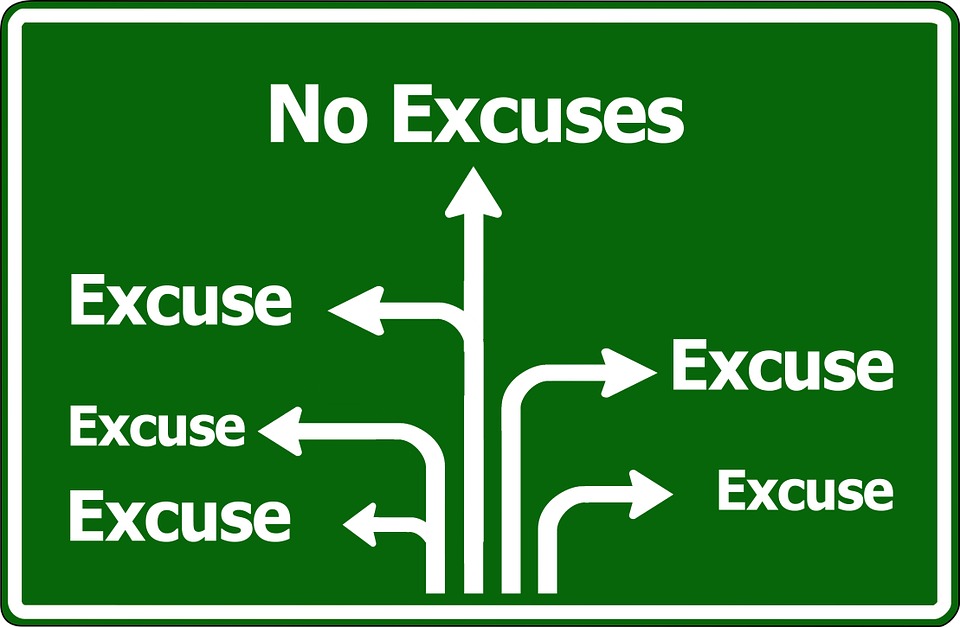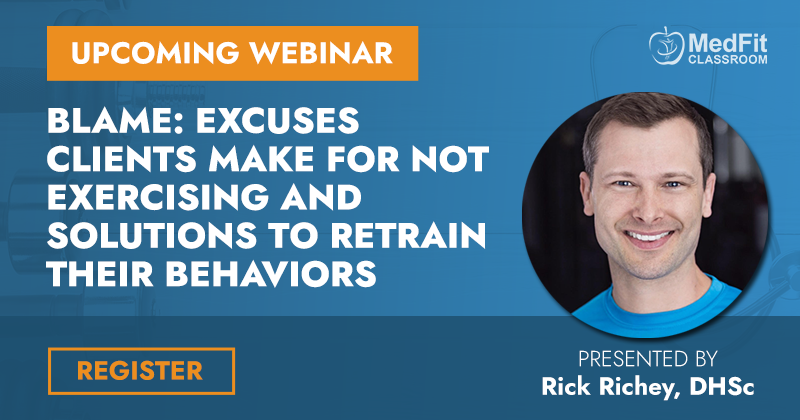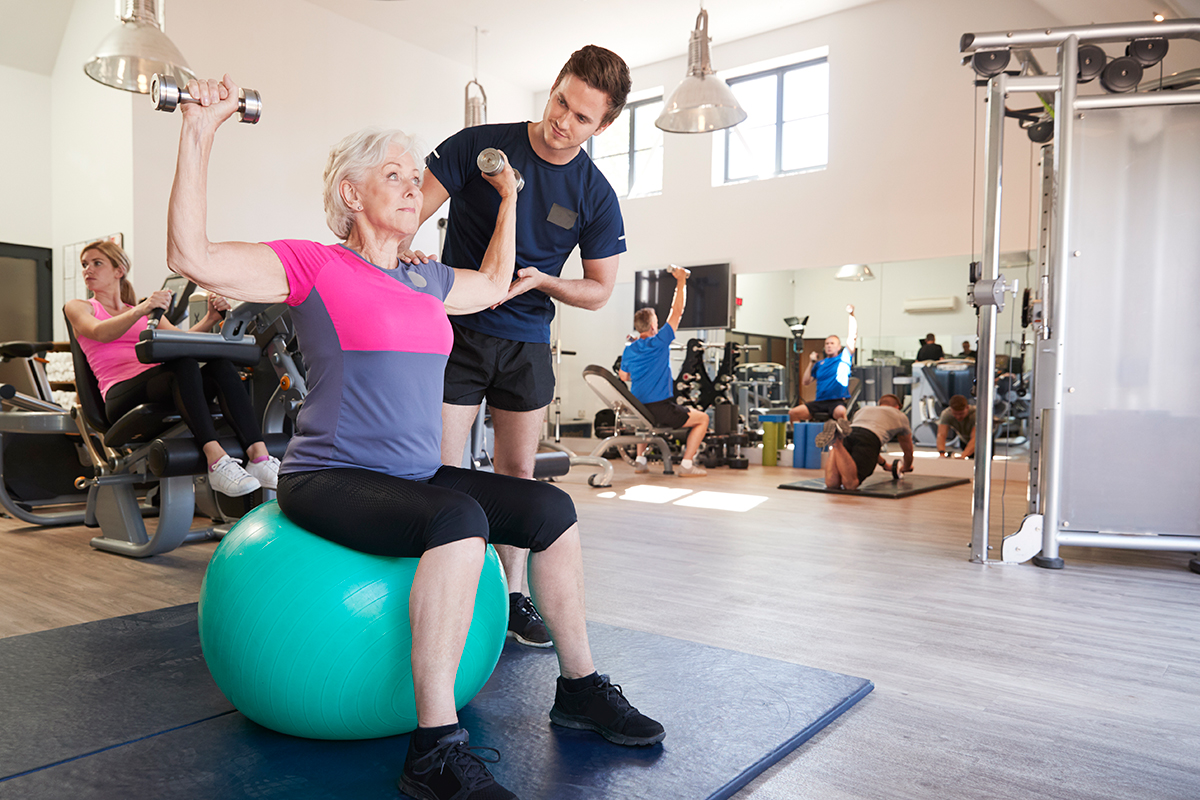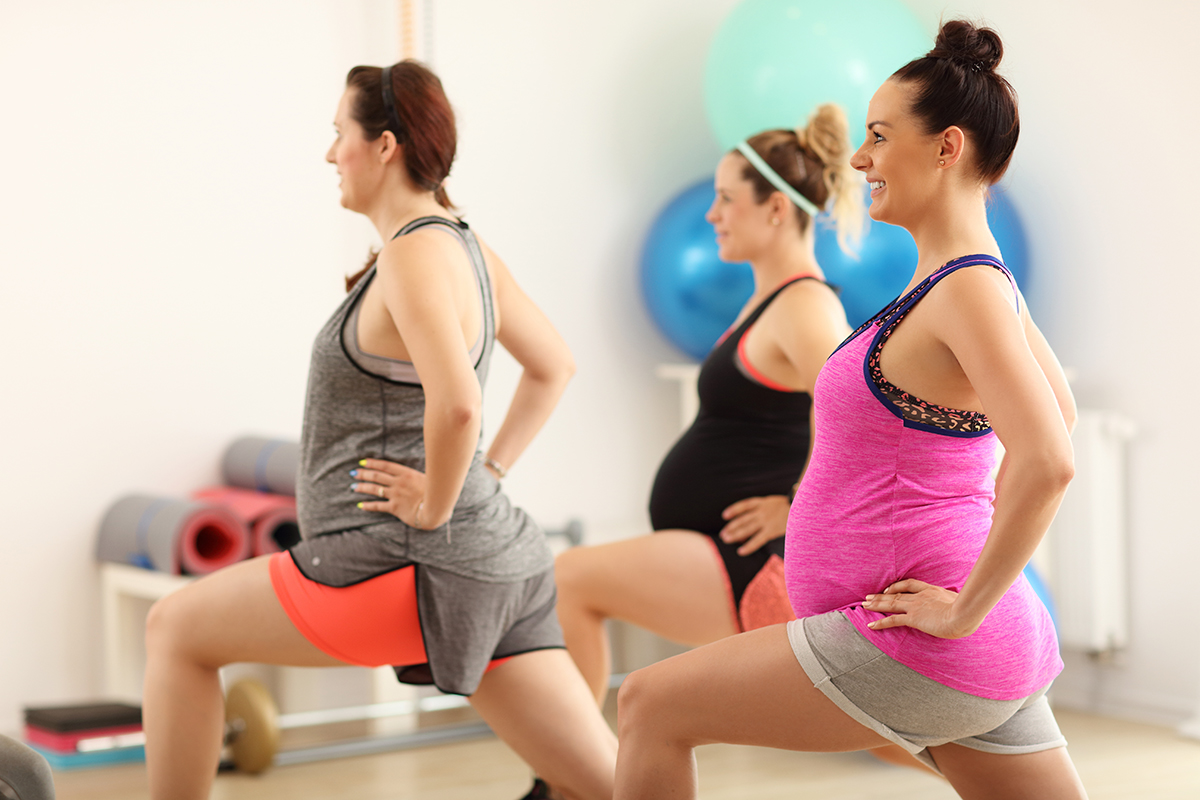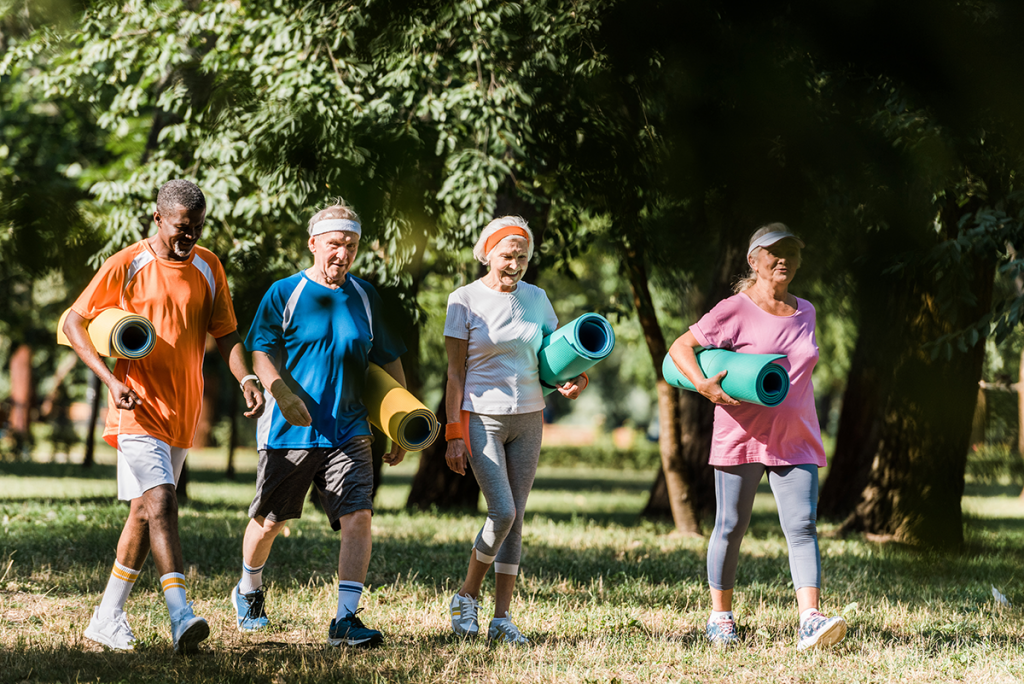Muscle Loss with Aging
We know how important it is to manage and control our body weight to remain at the recommended weight for our health. But did you know that if you’re a sedentary adult who weighed the same today compared to 10 years ago, could actually mean that you’ve gained fat mass? Physically inactive people can lose as much as 3% to 5% of their muscle mass each decade after the age 30. Even if you are active, you’ll still have some muscle loss. As a result, if your weight has remained the same for the past 10 years especially when you’re not physically active, you’ve probably lost muscle mass and gained fat mass instead. This progressive loss of muscle mass is called sarcopenia.
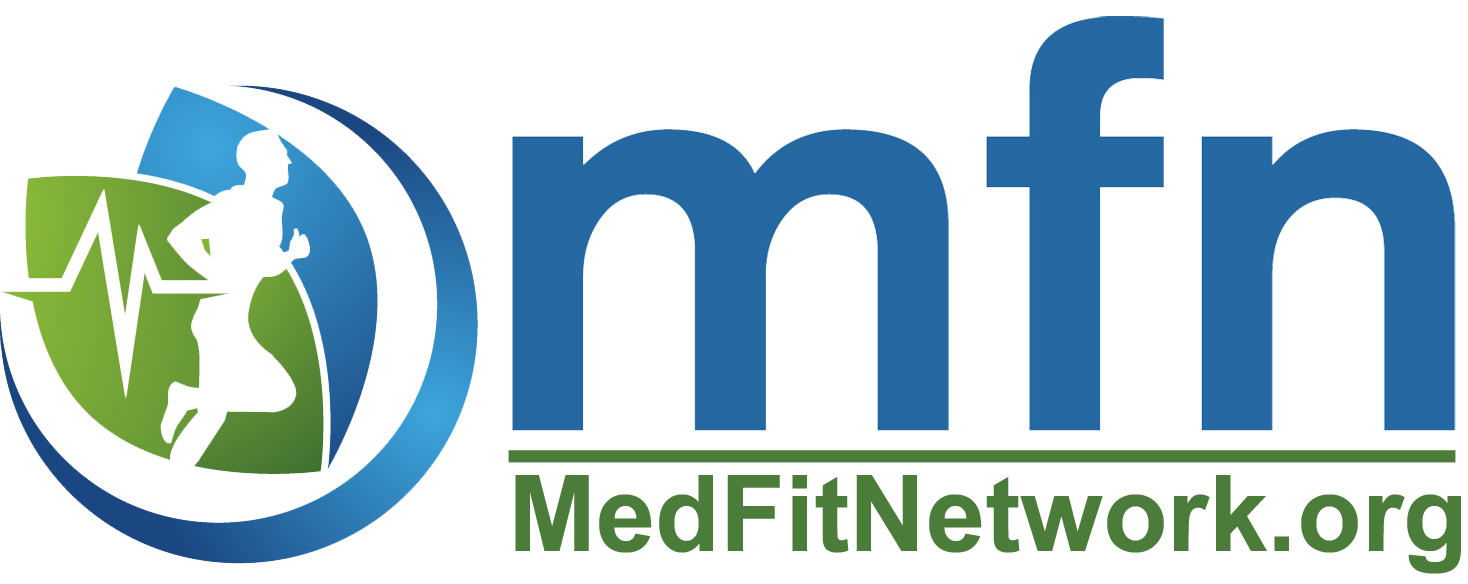
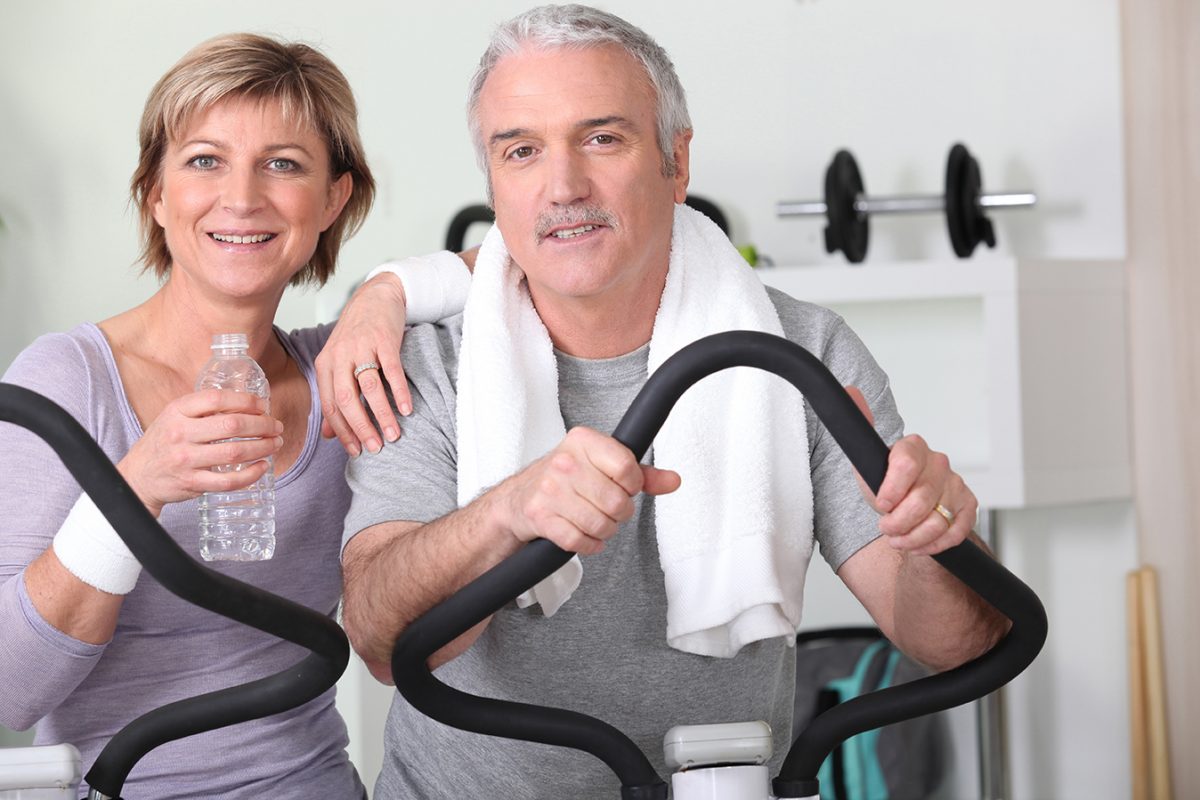
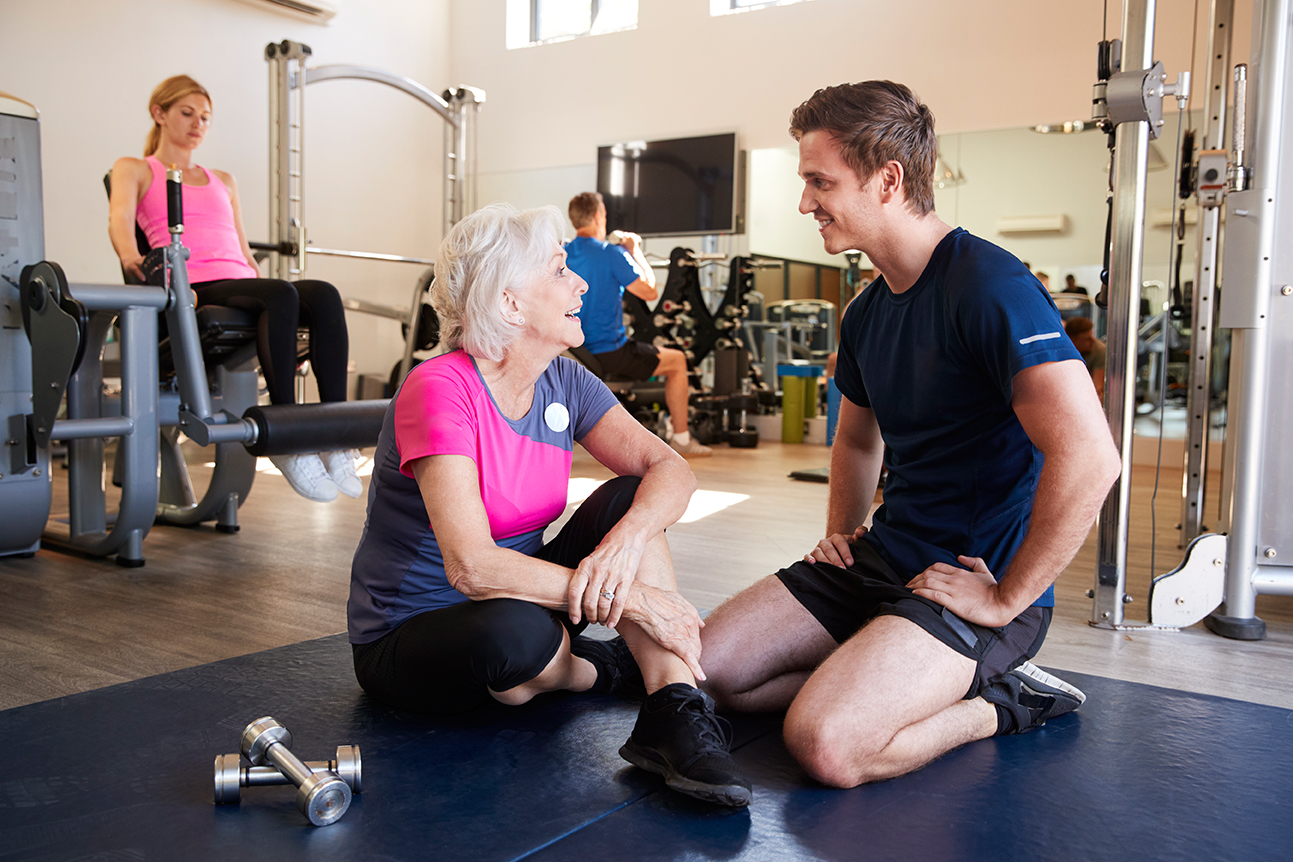
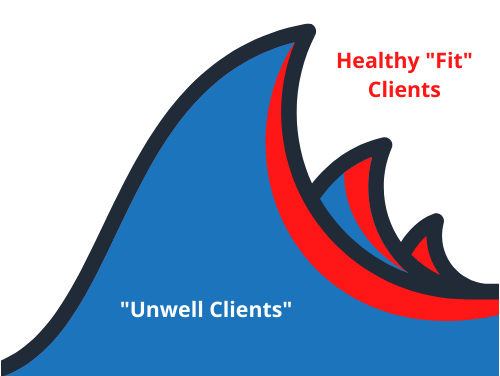 This concept comes from the book, Blue Ocean Strategy, and it is important to understand for career growth.
This concept comes from the book, Blue Ocean Strategy, and it is important to understand for career growth.